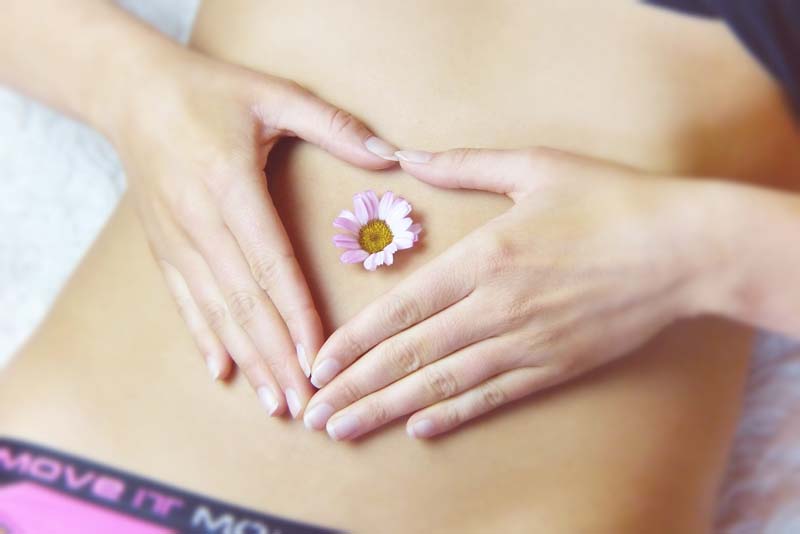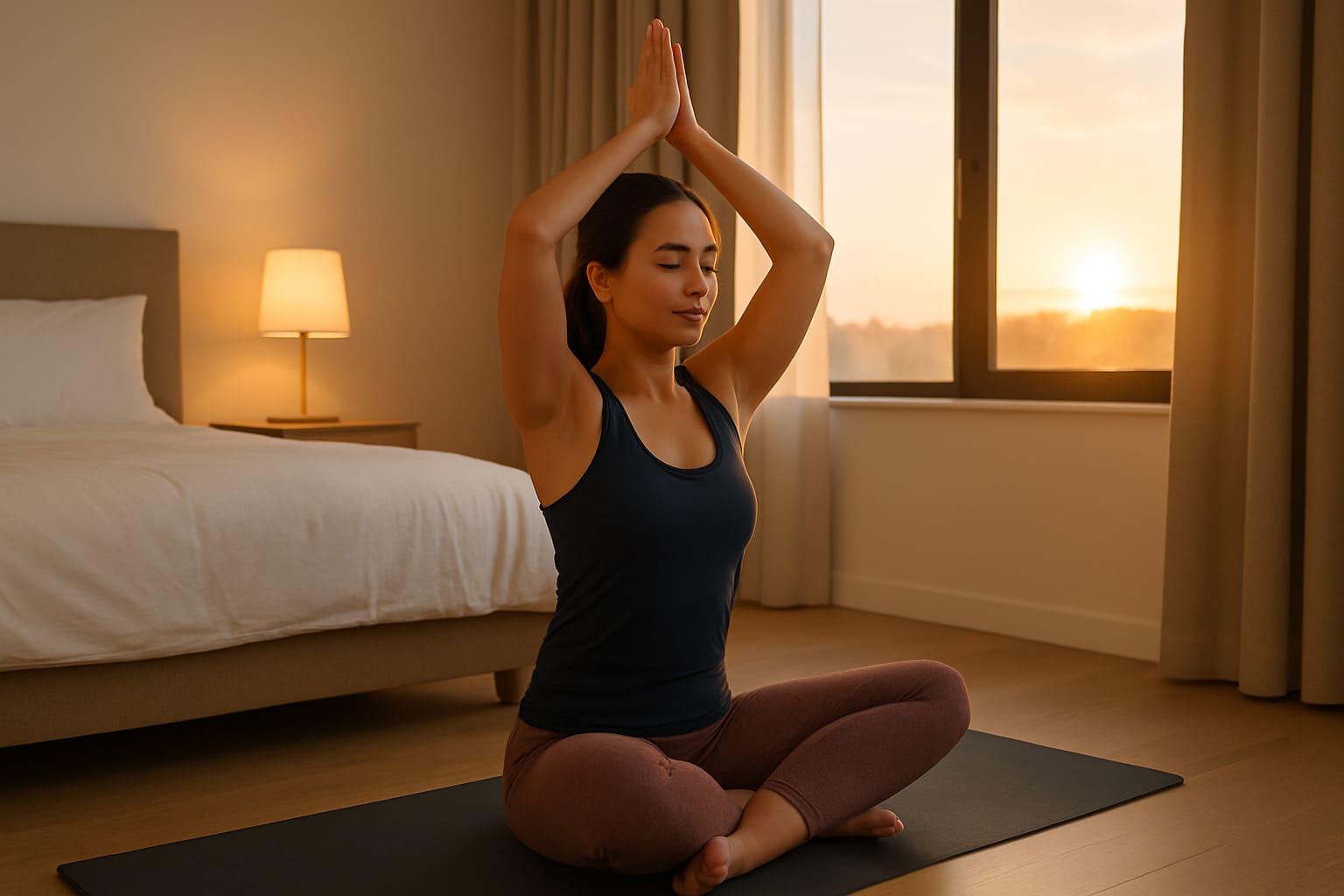Lv-13 acupuncture point or Liv-13 acupuncture is an excellent acupuncture point because it’s an influential point for all Zang (organs) and also the Front-Mu point of the spleen. Lv 13 acupuncture point moves blood, Qi, and food stagnation.
Lv-13 is located on the lateral side of the abdomen, directly at the tip of the 11th rib. It’s used to treat hepatitis and diabetes patients experiencing nausea and pain. It’s also great for indigestion, diarrhea, bloating after a meal, and low back pain.
Lv 13 acupuncture point is where the spleen, gallbladder, and liver meridians converge. Therefore, it’s a great harmonizer between the earth (spleen) and wood (liver).
Furthermore, it relieves frustration and irritation resulting from the stagnation of the Liver Qi and strengthens the spleen’s capacity for clear and productive thinking.
Keep on reading to learn more about liver-13.
Acupoint: Lv-13 (Other Names: Liver-13/Zhang Men/Gate of the Ordering)
Lv-13 is the thirteenth acupuncture point along the main meridian of the liver. It’s one of the most commonly used acupuncture points.
From the Gate of the ordering (liver-13), Qi moves upwards to the Gate of hope (liver-14). These two gates work together to free stuck energy and help it flow smoothly through transitions. The combination of these two acupoints provides strong support from depression caused by stagnant Liver Qi.
Lv-13 acupuncture point works to treat gurgling tummy, abdominal pains and distension, diarrhea, and appetite loss. It supports the functioning of the spleen, especially when it comes to converting food in Qi and transporting its energy around your body.
So the next time you overeat or if you feel nauseated at home, try massaging this point mildly for a minute. Rest for a while, and repeat until you feel better.
Location
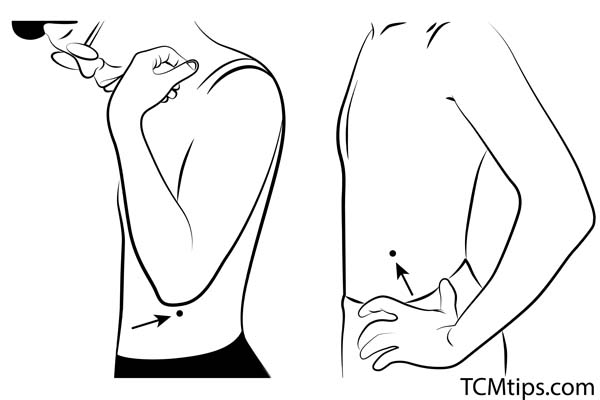
Zhang Men is located on the lateral side of the abdomen, just below the free end of the eleventh floating rib. You can find this point by letting your arms hang at your sides, then pressing your elbows in. The tip of your elbows locates this acupuncture point.
Indications
- Borborygmus
- Pain in the hypochondriac region
- Rigidity of spine
- Distension of the abdomen
- Enlarged spleen or liver
- Headaches
- Agitation and heat with dry mouth
- Dyspnea
- Weariness of four limbs
- Propensity to fear and anger
Other Benefits of Lv-13
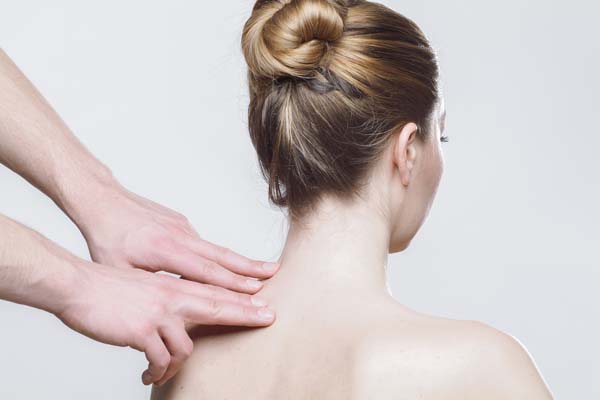
- Balances the interaction between the spleen and liver
- Gets rid of Qi stagnation caused by the liver
- Regulates the lower and middle Jiao
- Fortifies the spleen
Balances the interaction between the spleen and liver
Spleen is a crucial subsidiary organ in the liver. The spleen and liver work together to establish a balance in the body. The spleen prevents blood formed in the liver from being contaminated with toxins. In most cases, spleen’s problems relate to the liver. A balanced interaction between the spleen and liver can:
- Alleviate abdominal distension
- Improve the circulation of Qi and blood
- Ease sore ribs and cardiac are pain
Gets rid of Qi Stagnation caused by liver
Liver Qi stagnation is the primary way to understand signs of stress and how to treat them. Liver Qi stagnation affects both sexes, but it’s more predominant in women. Problems resulting from Qi stagnation include:
- Vomiting
- Enlargement of spleen and liver
- Indigestion
- Chest discomfort
- Oesophageal constriction and spams
- Pain in the abdomen
- Irregular menses
- Depression
- Distending sensation in the chest
Regulates the lower and middle Jiao
In Traditional Chinese Medicine, your trunk has three areas: The chest, the upper abdomen, and the lower abdomen. Jiao, in this case, means “Burning Space,” which describes not only an area but also the activity taking place in the area. Regulation of the middles and lower Jiao helps to address issues like:
- Pain on the flanks
- Hepatitis
- Diarrhea
- Upper abdomen pain
Fortifies the spleen
The spleen is the focal point for the 5 Zang (heart, lung, kidney, liver, and pericardium). It helps the 5 Zang (organs) to perform their functions properly. Benefits of treating the fortifying the spleen include:
- Reducing chronic tiredness in the limbs
- Treating diarrhea
- Easing cold and pain in the lumbar area, which causes spasm
- Besides this acupoint, you can also use SP5 acupuncture point to detox the spleen.
Lv-13 and Moxa
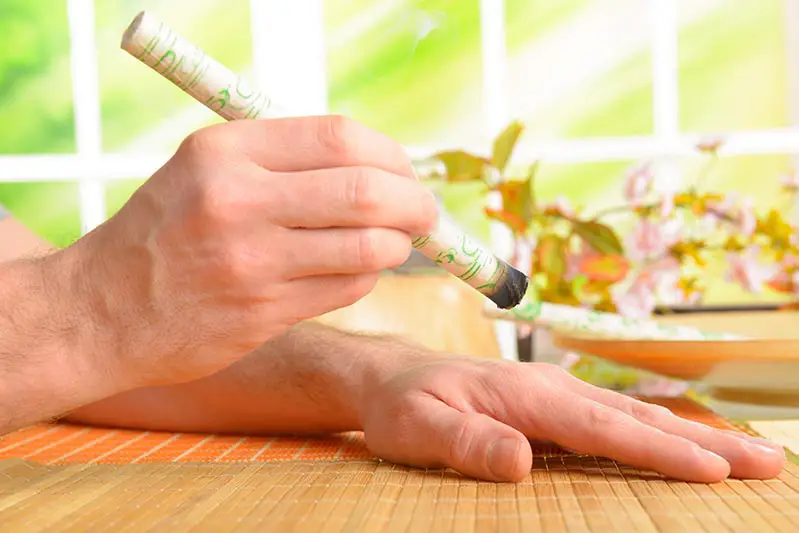
Moxibustion is a technique that involves the application of heat to acupoints by burning compressed herbal material called “Moxa” near or on the surface of the skin. The purpose is to warm and stimulate the flow of Qi and oust certain pathogenic influences.
Commonly moxa is usually made from dried leaves of Chinese mugwort but can also be made from other substances too.
Unlike acupuncture, which is mostly done by an acupuncturist, you can easily do moxibustion at home.
You can perform moxa on acupoint lv-13 at home to ease digestive problems, arthritis pain, irregular elimination, and for protection against cold and flu. Just let the moxa cone rest on lv 13 acupuncture point and light it. Let it burn slowly until your skin turns red. Once you start feeling the heat, remove it.
You can also perform indirect moxibustion on yourself. This is a safe option because the moxa doesn’t have to come in contact with your skin. You need to hold it about an inch from the acupoint.
If you can’t hold it yourself, you can ask for help from your friend or family member. Usually, an insulating layer of garlic or salt is placed between the cone and your skin.
Conclusion
Acupressure on Lv-13, Zhang Men, can help to relieve stress, anxiety, stomach problems, and even treat diabetes. The health benefits associated with this acupoint are endless.
While acupuncture is a very useful technique, but you can also apply acupressure at home on the same acupoints. Not only does it get rid of the pain, but it also balances Qi and treats other ailments. What’s even better, you won’t experience any harmful side effects.
If you’re experiencing tummy aches, cold symptoms, or irregular menstruation, visit an acupuncturist. You’ll appreciate the results. We hope this post has added value.
Related Reading
Photo Credit: Photo by Toa Heftiba on Unsplash

Try our Anti-Aging Gua Sha Tool designed to bring out your skin’s natural glow.
Best Gua Sha Product- Anti-Aging: The tool is designed to target 11 specific aging signs such as wrinkles and sagging skin. By following the 7-step routine, users can improve skin firmness and reduce fine lines naturally.
- Enhances Skincare Routine: It works effectively with serums and lotions, boosting absorption and efficacy of skincare products.
- Visible Skin Improvement: Users can expect a smoother complexion, reduced puffiness, and a more youthful appearance.
 P. Sze
P. Sze 